
CIOB vice-president Saul Humphrey argues that the climate challenges facing the built environment are a great opportunity for the industry.
The earth has just recorded the 13th hottest month on record as warming oceans and climate change challenges persist – but I write in a spirit of optimism, not despair as there is now a real opportunity for construction to stop being part of the problem and instead become part of the solution.
We know that, globally, the built environment is responsible for circa 39% of greenhouse gas emissions. The problem is not just operational CO2 caused by heating and cooling poorly insulated buildings, but also embodied carbon caused by the extraction and production of the construction materials. If cement were a country, it would be the third biggest CO2 emitter in the world; if steel were a country, it would be fifth.
The negative impact of the sector on biodiversity loss, water usage and extraction of resources also pushes the planet beyond its finite boundaries and risks initiating tipping points and irreversible feedback loops.
Part of the solution
But construction can become part of the solution. We can all immediately shift from degenerative and exploitive growth towards more sustainable development. This can also align with a commercial benefit, with truly sustainable buildings attracting known asset value enhancements, energy cost savings and premium brand value.
This is not hard to do. By way of example, my own modest sustainable project management consultancy has saved 82,000 tonnes of CO2 by aligning every project to the UN Sustainable Development Goals, optimising sustainable value, and targeting the highest standards of sustainable solution including BREEAM accreditation, Passivhaus or Future Homes Standard.
The CO2 saving is calculated by contrasting the solution adopted against what would have otherwise been a building regulations-compliant build. That saving in carbon is the equivalent to building over 1,600 homes for free. The carbon saving is enormous, but so are the broader environmental benefits.
Perhaps critically, the commercial benefit also reflects this paradigm shift. The same projects that can boast a saving of 82,000 tonnes of carbon can also promote a net added commercial value of £44m against peer-reviewed benchmarks.
The value of a BREEAM Outstanding office is valued at a premium of between 12.3% and 30% over building regulations-compliant stock. The World Green Building Council reported that BREEAM certification can increase rental rates for buildings by up to 24.9% compared to conventional, code-compliant buildings.
Greta Thunberg, the environmental activist, said: “We already have all the facts and solutions, all we have to do is to wake up and change.” Built environment professionals can address net zero now – by demonstrating the added value of sustainable construction measures to quantify the positive and tangible impacts.
Saul Humphrey is a sustainability consultant, professor at Anglia Ruskin University and vice-president of CIOB.
Comments
Comments are closed.




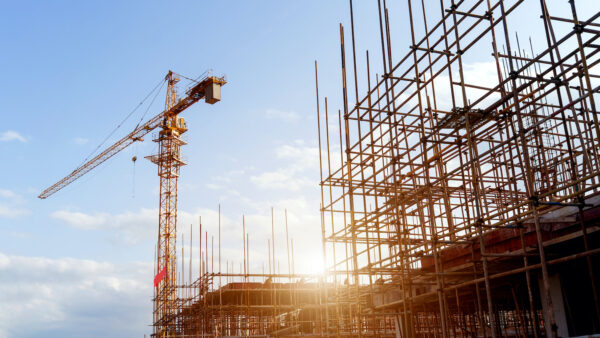
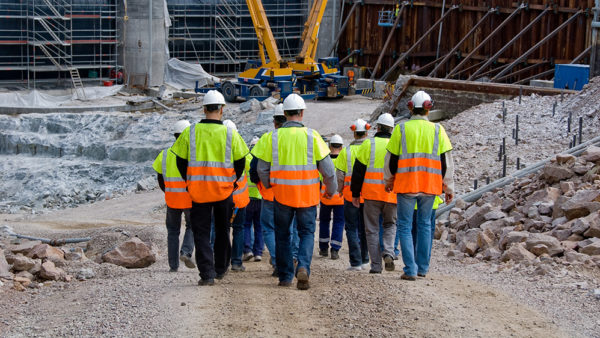
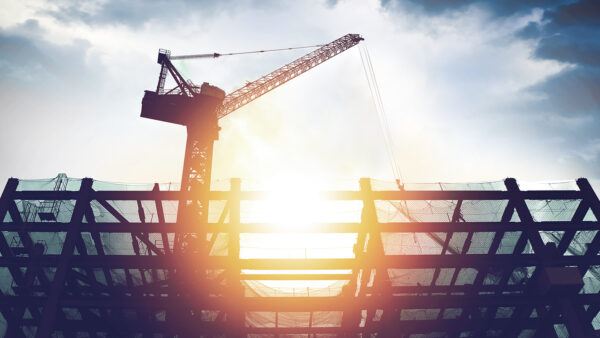
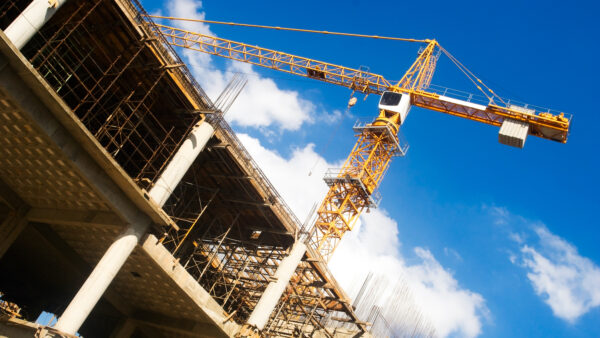
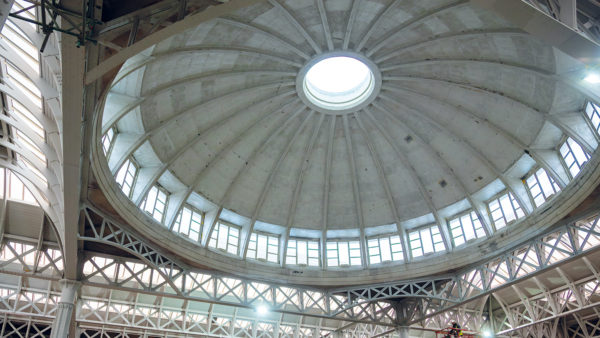



…and as I embark on my NABERS journey, the above statements ring in parallel with the backbone of their principals. Reducing the building’s impact whilst increasing it’s desirability, saleability and increasing the very broad economic value.